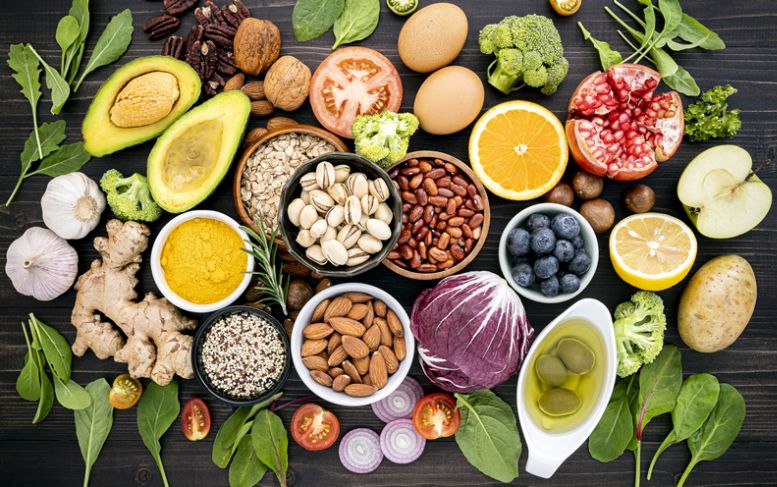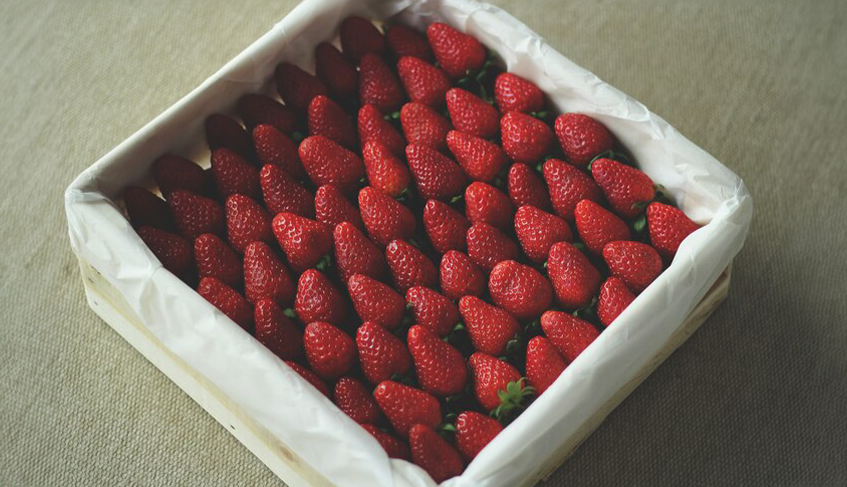Freezing is an important means for food preservation as, with this technology, long term storage of high quality foods is possible. To achieve high food quality the freezing rate is an important parameter, determining ice crystal size and shape and also the mechanical stresses imparted to the food. For foods with a cellular structure the ice crystal size, with respect to the cell size, is a critical measure, determining the texture and water holding capability of the food after thawing. If ice crystals grow too large during freezing, they will puncture the cell membrane and the food will leak the intracellular fluid during thawing. Also, the food texture will become unappetising and mushy.
In ice cream small round ice crystals are important for a soft and creamy texture. In general, it holds that the faster the freezing rate the smaller the ice crystal size. Yet for some food materials there is an upper limit for the freezing rate. If freezing is too fast, mechanical stresses are imparted to the food material and freeze fracturing can occur. In a few cases the freezing process is used to structure materials, such as the traditional Japanese kori-tofu dish, or scaffolds as used in biological tissue engineering. A few years ago WUR, together with TU Delft and Unilever, investigated the use of freeze-drying to structure soup vegetables. Here, the ice crystal size determines the size of the pore space after drying, and helps with rehydration of the vegetables when mixed with the soup.
Relation Between Ice Crystal Size and Freezing Rate
Hence, from the perspective of frozen food quality, it is important to have good knowledge about the relationship between ice crystal size and freezing rate. However, there exist only some empirical relations between freezing rate and ice crystal size . Also, for manufactured foods there are some other means used to control ice crystal size, such as cryopectants like sugars and anti-freeze proteins. This indicates that one can expect an interaction between food material composition, freezing rate and ice crystal size, yet in the empirical relations the dependence on food composition is absent. Therefore, Food & Biobased Research has engaged a research project targeted into a more theoretical understanding of the relationship between freezing rate, composition and ice crystal size using advanced computer simulations.
Phase Field Model For Ice Crystal Growth
To obtain this detail of understanding we must dive into the micrometre range of food microstructure, where individual ice crystals are resolved in the computer model developed, where crystal growth is modelled as a function of matrix composition. The most advanced method in this field is the phase field model, which we have utilised to describe the structuring of dispersions like foams and emulsions, stabilised with emulsifiers. In the phase field method one can simultaneously model several individual elements of dispersions, such as emulsion droplets, foam bubbles and crystals. The method easily allows for break-up and coalescence of these dispersed elements.
The strength of the method lies in how it treats the interface between dispersed and continuous phases. Here, the method follows the proposal of a famous Dutch physicist, vanderWaals, to include the interface in a thermodynamic framework. Using the phase field method we have constructed a computer model for the description of ice crystals in a sucrose solution, whose behaviour can be viewed as representative for ice cream3. In earlier research we have already clarified the thermodynamics of aqueous sucrose solutions4, and also the speed of water transport in sugar solution via diffusion5. Thus, for these material properties we have predictive theories available as function of sucrose concentration for the whole range from 0 to 100%.









